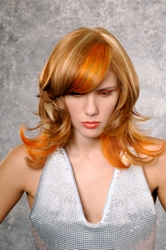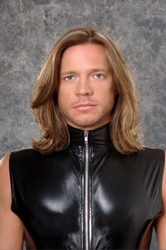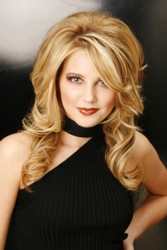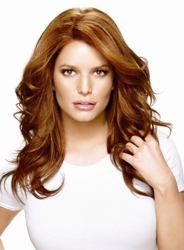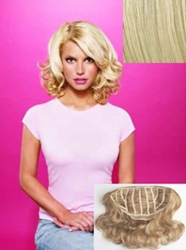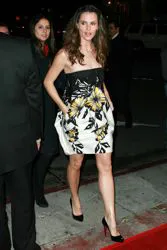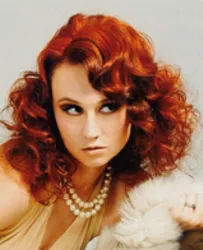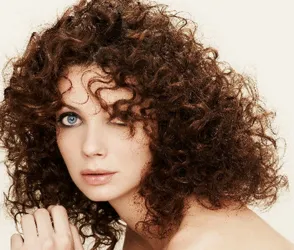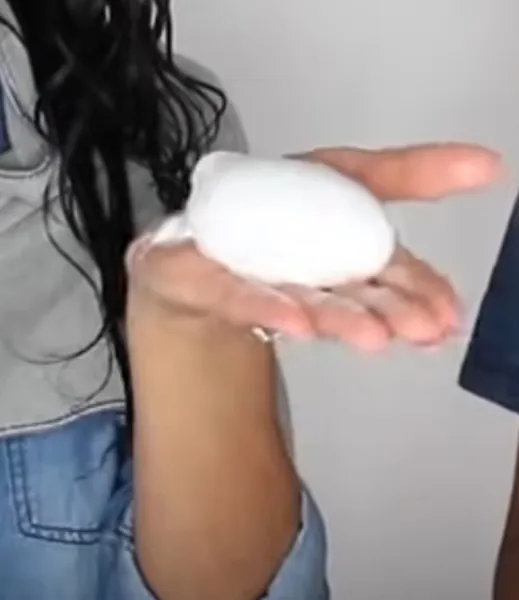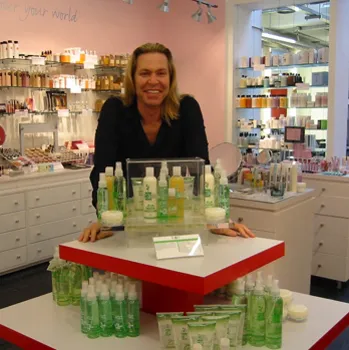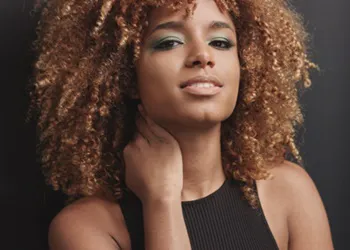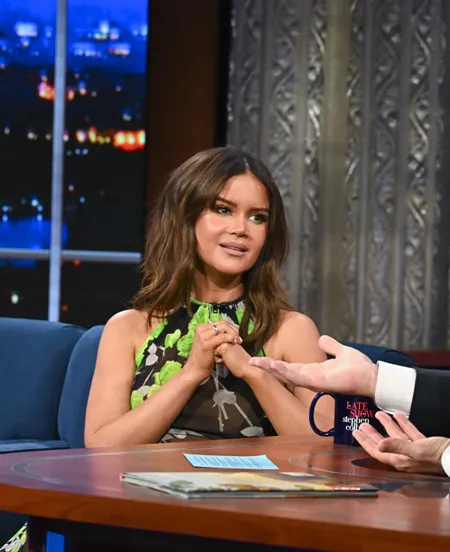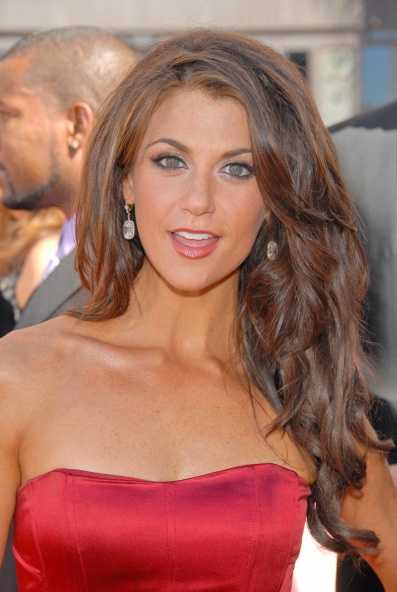
How To Make Hair Wavy
Introduction
Natural hair texture is genetically pre-determined. How is hair texture categorized? According to most hair experts, hair texture is defined as: 1. Naturally straight 2. Wavy 3. Naturally curly 4. Tightly curled or kinky Hair which has a natural bend or is naturally wavy or curly can usually be made to wave more easily than hair which is naturally stick straight. It's always possible to make waves on straight hair depending on other hair factors. Not All Hair Falls Into Neat CategoriesNot all hair neatly falls into four distinct categories. Some hair texture will be a mixture of the four. It's common to have hair which is mostly straight with a little wave or curl appearing somewhere on the scalp. People with naturally curly hair might have curl patterns which range from slightly curly to extremely curly. Although hair typing guides have been developed for the different textures, most hair, especially curly hair, does not fall into a precise category.
Other Hair Wave FactorsIf the hair texture is naturally straight, with or without other textures, the ability to make it wavy will depend on additional hair factors such as : 1. Length of hair (shaved/bald, very short, short, medium, long, extra long) 2. Type of hair (thin/fine, medium thickness, thick, extremely thick/bushy) 3. Natural moisture balance (soft/silky, medium, coarse, very coarse, dry) 4. Current condition (normal, damaged, extremely damaged) Length Of HairObviously when hair length falls to an extreme, from very short to extra long, it may be difficult, if not impossible, to achieve an initial or consistent wave pattern. When the head is shaved or bald waves may be impossible to create. The ideal length of hair for creating waves is ear length (short) to shoulder length or slightly below. While waves can be successfully crafted into short or even extra long strands, they may take a bit more work.
Type Of Hair
Hair which is thin or fine may be able to sustain and initial wave, but it may take a lot more work to make sure the wave doesn't quickly fall right out of the hair. Hair which is thick, or extremely thick, may also quickly push waves out. This is because the hair may be so heavy the waves are pushed down by the total weight of the hair. Natural Moisture BalanceSoft and silky hair may be more wave challenged than hair which is naturally dry and/or chemically coarse. This is because silky hair may be too soft to hold or maintain a wave pattern. This is also true of extremely dry hair which may also be too damaged to effectively hold and maintain a curl pattern. Current Condition Of HairNormal or slightly damaged hair should be able to be waved with less challenges than damaged or extremely damaged hair. Hair Waving OptionsListed below are a variety of wave creation options available for men and women of all ages and races:
1. Permanent waves created through chemical texturizing services which alter the natural hair texture. This type of chemical hair treatment will last until the roots grow out at which point the natural texture will ultimately return. 2. Temporary waves created through the use of specific styling products (creams, gels, mousses) and either hot or other styling tools (hot irons, electric rollers, wet sets created with traditional rollers and hood dryers). 3. Pre-curled add-on hair such as fusion style extensions, clip-in extensions with pre-baked waves and curls or pre-curled or waved wigs. To save wear and tear on natural strands, the utilization of human hair wigs, extensions and clips can be utilized since these type of add-on hair items can be chemically waved. It's important to point out there's no right or wrong hair texture. Whether your hair is stick straight, wavy or curly, it should be enjoyed. If you wish to alter your natural born texture that's also fine because everyone should always feel good about how they wear their hair, regardless of current hair fashions and trends. Permanent WavesPermanent waves are created either by a professional hairdresser who applies a chemical service to alter your current texture or through an at-home kit.
Either method will change the natural texture of the hair for an extended period of time ranging from a few weeks to several months. There are many factors which will ultimately impact the life of a permanent wave application. The down side to selecting a chemical wave option is that it can last a long time. While that might seem like a good thing, in some cases it's a detriment. One common challenge with chemical wave applications is that they take a long time to grow out from the roots, may droop after a period of time and can damage hair strands. With damaged strands there is a requirement for ongoing conditioning treatments. In some rare cases chemical waving applications may also damage natural or chemically altered hair color. Unless you know you love having permanent wavy texture, you may wish to add waves in a more temporary manner. Temporary Waves
One quick method to create instant waves, especially for ear length to shoulder length hair is damp or wet hair braiding. While hair is wet or damp a firm hold gel or mousse is applied to damp tresses. The hair is braided into either a single or a series of three strands braids. Once the hair is completely dry and the braids are removed, the hair will have natural waves. The hair can be air-dryer or dryer with a blow dryer or under a bonnet or hood,. A downside to the wet braiding wave method is that the wave pattern may be unpredictable unless a uniform pattern of strand sectioning, positioning and braid thickness is employed. If you wish to create a more consistent wave pattern use wet sets with traditional setting products, rollers and hot dryers or tools. Temporary waves are definitely temporary, lasting until the next time your hair is wet. You may be able to extend a temporary set by touching up bed or keeping hair pinned up or braided. Wet Versus Hot Tool SetsWaves can be created by rolling hair on a wide range of rollers from traditional rags and curlers to straws, pipe cleaners or even old fashioned clean empty cans. If your hair has natural bend, you can enhance it by utilizing proper styling products and a long finger diffuser attached to a blow dryer.
Scrunching the hair with hands and fingers is also another popular method when the hair already has a natural wave pattern. Scrunching, with the use of a diffuser attachment, is less effective on hair without natural wave or bend. A popular method for creating waves is the use of pin curls. This is especially true for shorter hair lengths. Pin curls can be created on hair which is too short for full rollers. Another option, which can be tricky to create without practice or special clips, is a finger wave. A finger wave can be styled on short to medium length hair. It requires a sufficient amount of gel to create the wave pattern so that it will hold. Hair Cuts CountsWhen hair has natural bend or waves a precision layered haircut can enhance waves so that they form naturally. When cut properly, natural waves can be easy to style with scrunching or diffusing. Sometimes the proper hair cut will bring natural waves to the forefront. Hair which is naturally curly may also be easier to transform into waves. How easy it is to transform curls into waves depends on the individual curl pattern. Add-On Hair
In today's hair world there is a wide range of options to add hair ranging from clip-in bangs and strands to clip-in caps crafted of 100% human hair or synthetic hair. 100% human hair wigs and clip-in extension or clip-in caps can be chemically altered with a texturizer or they can be treated with a wet or hot set to create waves. This saves wear and tear on your own hair. Some of the new clip-in hair extensions and cap methods which are make of synthetic hair can also be styled with hot tools up to a certain temperature. Other clip-in hair or cap options include styles which have waves pre-baked into the style. All you need to is clip-in a head of lush waves with no muss or fuss. Although clip-in caps extensions may take a little practice, they can be added to your own hair so that they appear part of your natural hair. Of course there is always the option to wear clip-in wavy bangs or a full wig.
Even human hair fusion or weave extensions can be chemically pre-treated before being added to your hair to give the add-on strands a pre-set wavy texture. SummaryMaking hair wavy depends on your own natural hair type, texture and moisture balance. It also depends on the length of your hair, it's current condition and whether you wish to permanently or temporarily add waves. There are a variety of waving options ranging from chemical treatments to clip-in extensions with pre-baked waves. There are also a wide range of waving tools available ranging from pin curls and traditional hair rollers to straw, rag or pipe cleaner sets. Before you decide which method of creating waves is best for you either consult with your professional hairdresser or do your own research. - Revised Publication Date: 11/22/11 | |||||||||||||||||||||||||||
| Send this page to a friend.. | |||||||||||||||||||||||||||
| If you want to talk more about this or other hair care articles on HairBoutique.com or anywhere else, please post a message on HairBoutique.com's Hair Talk Forums.
|
Social Media Network Information
Please follow us on Twitter at: https://Twitter.com/HairBoutique. I look forward to meeting new people from all walks of Twitter and learning from their Tweets.


